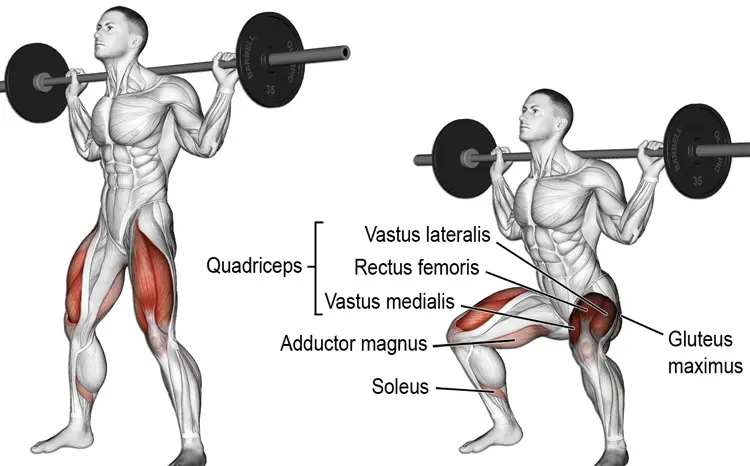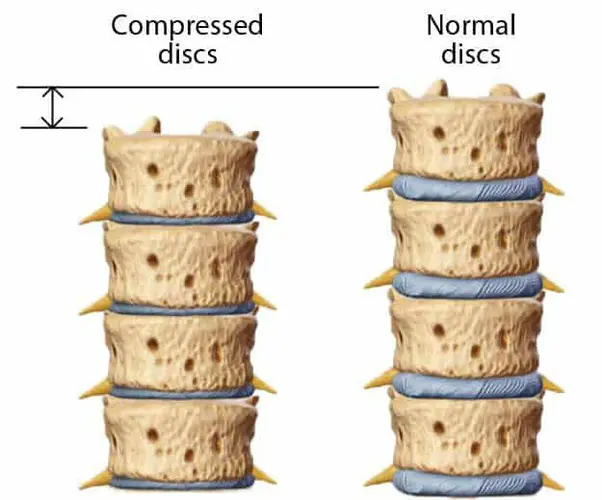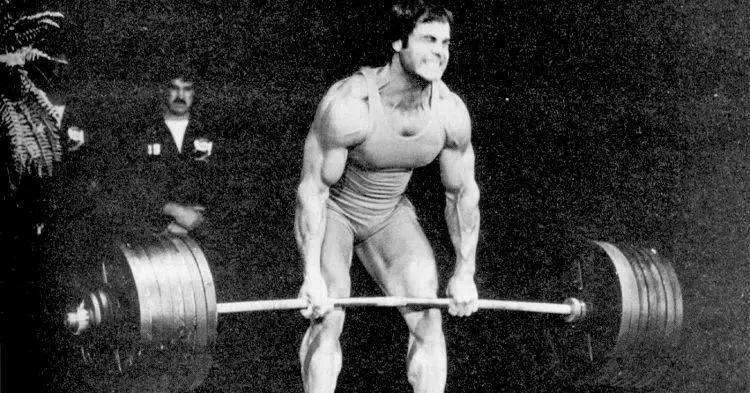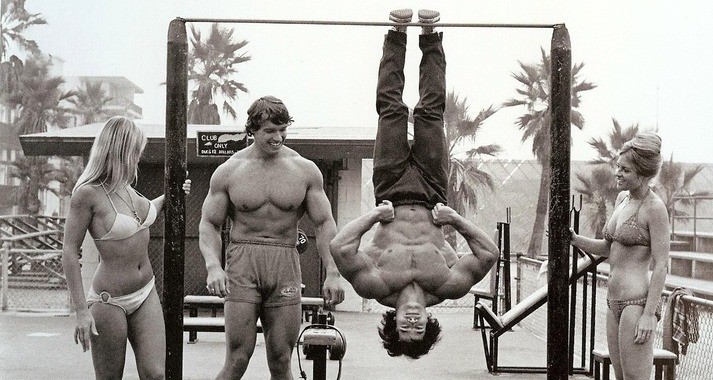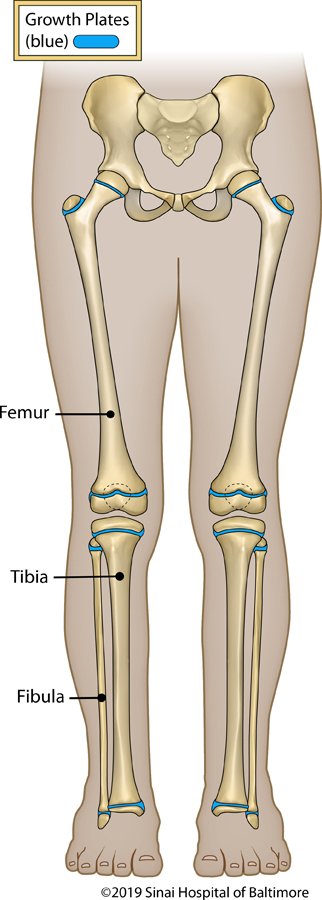Squats are one of the most beneficial exercises you can do. It doesn’t matter if you are a powerlifter, a bodybuilder, a strongman competitor, or a fitness model; squats are a cornerstone exercise. Entire workouts have been built around squats – such as the classic 20-rep squat routine.
There are several different types of squats, including barbell back squats, front squats, overhead squats, and Zercher squats. There are variations such as paused squats, squats with chains or bands, and box squats, and you can also do squats using dumbbells and kettlebells, using a Smith machine, and just your bodyweight.
They really are a very versatile exercise!

You can do heavy squats for low reps, light squats for high reps, and everything in between. Whether you want to get strong, build muscle, increase your endurance, burn fat, or get fit, there is a type of squat for you.
Irrespective of the weight and set and rep scheme you use, all types of squat affect the same muscles, with the main ones being:
Level Up Your Fitness: Join our 💪 strong community in Fitness Volt Newsletter. Get daily inspiration, expert-backed workouts, nutrition tips, the latest in strength sports, and the support you need to reach your goals. Subscribe for free!
- Quadriceps
- Hamstrings
- Gluteus maximus
- Abductors
- Adductors
- Core
- Erector spinae
As beneficial as squats are, like every other strength training exercise, they are not entirely free from risks. Hard and heavy squats can take their toll on your knees and could cause back pain. There are also some concerns that squats can make you shorter.
In this article, we will investigate this claim and reveal if it’s a fact or a myth.
Do squats make you shorter?
NEWSFLASH – squats CAN make you shorter! But, before you give up squatting for good, it’s important to understand that any changes in height are tiny, temporary, and reversible.
When you do squats with weights, you increase axial loading. Axial loading is the application of force directly along an axis. In the case of squats, the axis is your spine.
Your spine is a column of 33 individual bones called vertebrae. While the vertebrae in the two bottom sections (coccyx and sacrum) of your spine are fused and immovable, the rest are moveable and separated by cartilaginous structures called intervertebral disks.
Intervertebral disks are flexible to allow movement and act as shock absorbers between the vertebrae. Without intervertebral disks, there would be nothing between your boney vertebrae, and every movement would result in skeletal wear and tear.
Heavy axial loading compresses the intervertebral disks, which causes something called spinal shrinkage (1). Spinal shrinkage results in a temporary loss of height. However, your disks will return to their usual thickness an hour or so after your workout.
So, how much shorter will you be after heavy squats? The truth is not very!
Research suggests that spinal shrinkage can compress your spine by 3-5mm at most, or no more than 3/16 of an inch. Needless to say, this is invisible to the human eye and, because your disks soon return to their normal thickness, is not a cause for concern.
So, while squats CAN make you shorter, the effect is only temporary and is almost insignificant.
And it’s not just squats but all axial loading exercises that can cause spinal shrinkage. Other exercises that can compress your spine include:
- Deadlifts
- Cleans and snatches
- Overhead presses
- Hack squat machine
- Weighted lunges
- Biceps curls
Almost every exercise that involves holding weights in your hands or on your shoulders will cause at least a small amount of disk compression. However, the degree of compression is directly linked to the amount of weight you’re using.
How to Prevent and Reverse Spinal Shrinkage
While spinal compression and shrinkage are nothing to worry about, you may be interested to know that you can minimize this effect and also reverse it faster.
One way to minimize spinal compression is bracing. Bracing increases intra-abdominal pressure or IAP for short. IAP supports and stabilizes your spine from within. Bracing reduces spinal compression by as much as 10% (2).
While that sounds impressive, it’s still only a very small amount – 0.5mm at best. Wearing a weightlifting belt can help you brace better, leading to a further increase in intra-abdominal pressure. Using a belt will NOT prevent spinal shrinkage but does make it easier to maximize IAP.
[Check out the best quality Weightlifting and Bodybuilding belts reviewed]
Level Up Your Fitness: Join our 💪 strong community in Fitness Volt Newsletter. Get daily inspiration, expert-backed workouts, nutrition tips, the latest in strength sports, and the support you need to reach your goals. Subscribe for free!
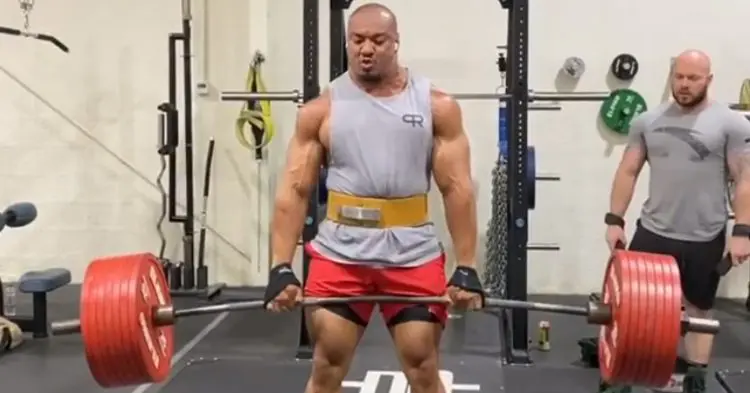
Because of their elastic structure, compressed intervertebral disks soon return to their pre-compressed state. This typically takes an hour or so. That said, there are a few ways you can speed up this process:
Lay down
The simple act of laying down takes all of the weight off your spine. The sooner you deload your spine, the faster the disks will “bounce back” and return to their usual thickness.
Interestingly, you are as much as an inch taller on waking than you are at the end of the day. That’s because, while your sleep, your intervertebral disks are completely unloaded and expand accordingly. Then, throughout your day, the weight of your head and upper body gradually compresses your disks. Heavy squats just compound this issue by increasing the compressive force on your disks.
Hang from a bar or try inversion therapy
You can deload your spine by hanging from a bar for a minute or so. The weight of your lower body gently pulls your vertebrae apart, allowing space for the intervertebral disks to expand. The effect of this strategy is relatively small, mainly because you won’t be able to hang for long before your grip fails.
Alternatively, you could use an inversion table or anti-gravity inversion boots to support you from your ankles. Because these are more passive activities, you’ll be able to do them for longer, getting a better effect. A lot of people use inversion to alleviate the back pain caused by compressed or damaged disks.
Do Squats Stunt Growth in Children?
So, squats DO make you shorter, albeit only slightly and temporarily. Another question often asked about squats and height is will they stunt growth in children? Some parents, teachers, coaches, and even medical professionals are concerned that strength training, in general, can stop children from growing normally.
It was once thought that strength training caused premature closure of the growth plates in adolescent bones. Growth plates are found in the ends of bones and, as their name suggests, are the part of the bone responsible for increased length.
Bone plates fuse (close) toward the end of puberty, around the age of 16 for females and 19 for males. This is when most teenagers stop growing. While heavy strength training COULD cause damage to the growth plates, such as fractures, performed correctly, it won’t lead to premature closure and stunted growth (3).
In reality, properly programmed and supervised strength training is good for most kids and is actually much safer than many other sports and physical activities. More kids are injured playing soccer and football than lifting weights (4), and growth plate fractures are much more common in gymnastics and athletics.
Of course, accidents still happen, but the research suggests that the long-term effects of strength training are almost entirely positive, and it definitely won’t stunt a child’s growth.
Exercises to Increase Height
While squats won’t make you shorter in the long-term, there are no exercises that will make you taller. Decompressing your spine could add as much as an inch to your height, but that gain is temporary. After a few hours of sitting and walking, gravity and the weight of your head and upper body will compress your intervertebral disks.
Good posture can make you look taller, so it’s always worth standing up straight and fixing your slouch with sets of face pulls and other shoulder retraction exercises.
It’s also a good idea to mobilize your thoracic spine. Foam rolling is one way to do this. You’ll feel taller after a few sets of t-spine foam rolling.
Wrapping Up
The fitness world is full of myths, and some of them are hard to ignore. After all, they’ve been around for years, and many of them sound entirely feasible. The idea that squats will make you shorter is false, although they do compress your spine by a few millimeters for an hour or so. Thankfully, your intervertebral disks soon spring back into shape, restoring any lost height.
If heavy squats make you short, how can we explain people like Brian Shaw and Hafthor Bjornson, who are almost seven feet tall?!
So, squat, deadlift, and overhead press without worrying that they’ll make you shorter. In fact, these exercises are good for skeletal health and can even protect you from age-related osteopenia (bone loss), which is something that WILL make you shorter.
References:
1. Reilly, Thomas; Freeman, Kirsten A. (2006-05-01). Effects of loading on spinal shrinkage in males of different age groups. Applied Ergonomics. 37 (3): 305–310.
2. Kingma, Idsart; Faber, Gert S.; Suwarganda, Edin K.; Bruijnen, Tom B. M.; Peters, Rob J. A.; van Dieën, Jaap H. (2006-10-15). Effect of a stiff lifting belt on spine compression during lifting. Spine. 31 (22): E833–839. doi:10.1097/01.brs.0000240670.50834.77.
3. Journal of Strength and Conditioning Research: Relative Safety of Weightlifting and Weight Training. (source)
4. Myers, Allison M.; Beam, Nicholas W.; Fakhoury, Joseph D. (2017-7). Resistance training for children and adolescents. Translational Pediatrics. 6 (3): 137–143. doi:10.21037/tp.2017.04.01.

